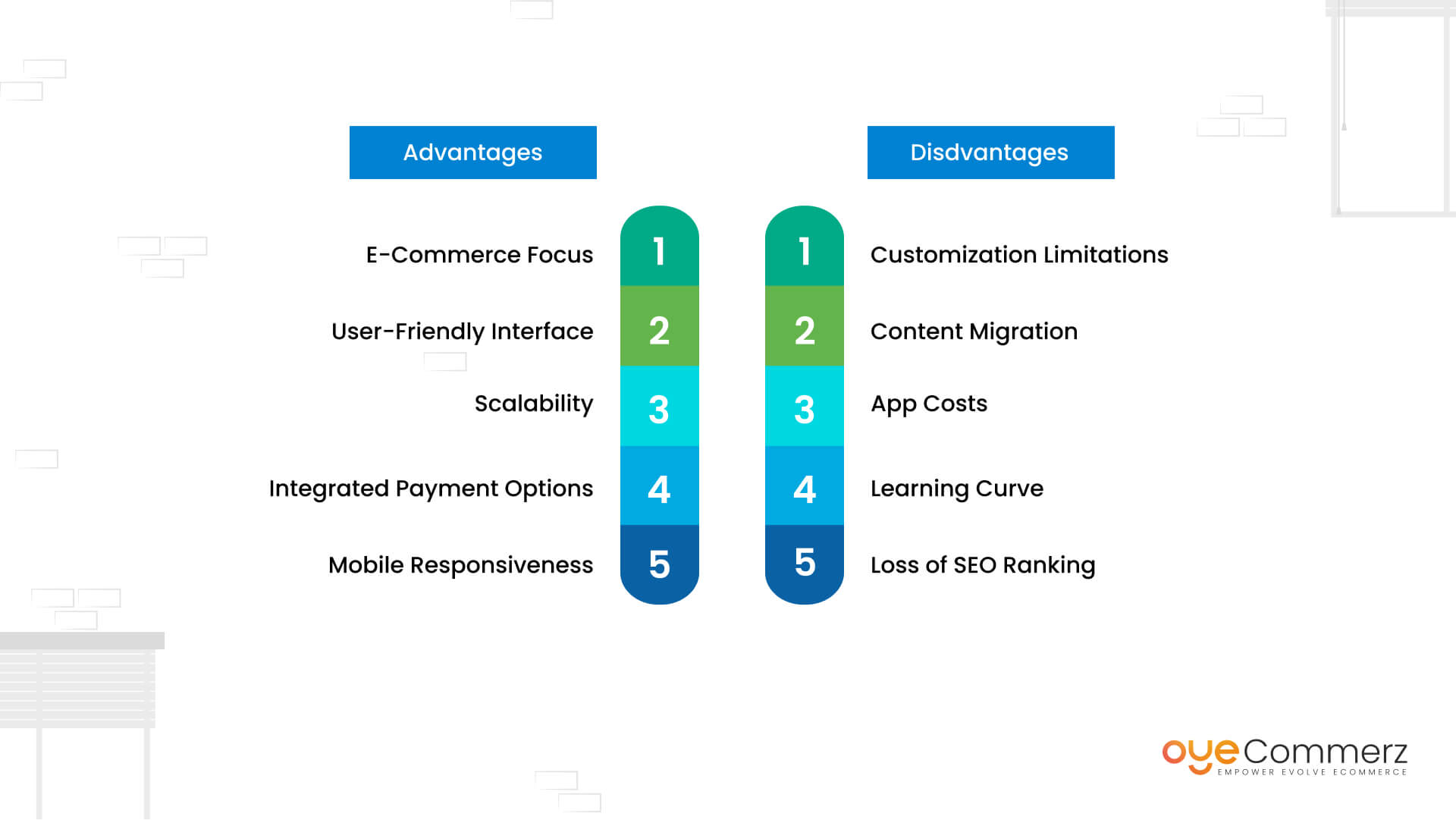Shifting from WP to Shopify marks an promising step in streamlining your e-commerce processes. As businesses grow, choosing a platform that supports scalability, UX, and customization is essential. Shopify has emerged as a preferred choice for e-commerce professionals, offering superior adaptability, security, and user-friendliness. In this guide, we will delve into the transformative impact of this migration, discuss the advantages, and provide practical tips to facilitate a seamless move.
1. Why Migrate from WP to Shopify?
The combination of WordPress and WooCommerce, has served countless e-commerce platforms. However, as companies expand, issues like reliance on plugins, security vulnerabilities, and complex setups can hinder progress. Shopify, designed explicitly for e-commerce, addresses these issues with an comprehensive, intuitive platform. Statistics back this shift—Shopify powers over 4.4 million stores worldwide, with a documented 10% increase in sales conversion rates for numerous merchants post-switch.
2. Shopify's Perks for Thriving Online Stores
Shopify’s robust ecosystem is tailored for expanding brands. Its standout benefits are:
- Effortless Design Flexibility: Shopify offers over 80 professionally designed themes.
- Built-in Features: Capabilities such as Shopify Payments and integrated SEO streamline operations.
- International Expansion: Currency versatility and regional customization enable businesses to expand internationally.
Additionally, Shopify delivers an availability percentage of 99.98%, ensuring your store remains accessible.
3. Getting Ready for Your WP-to-Shopify Transition
Before migrating, assess your existing setup. Analyze product data, customer details, and search engine rankings. Resources such as Shopify’s Migration Kit or third-party solutions help ease the transition. Create a comprehensive plan, making sure all resources—product descriptions, media files, and blog content—are ready for seamless import.
4. Data Migration: A Critical Step
Transferring your data forms the foundation for a successful transition. When migrating from WP to Shopify, prioritize:
- Inventory Details: SKU, item summaries, and categories.
- Client Information: Emails, order history, and custom fields.
- SEO Optimization: Retain meta tags, URLs, and redirects to avoid SEO losses.
Leverage tools such as LitExtension to streamline data transfer while reducing mistakes.
5. Customizing Your Shopify Store
After the move, customizing your Shopify store helps it aligns with your brand. Take advantage of Shopify’s drag-and-drop editor to create layouts with ease. Shopify's themes are optimized for all devices, ensuring a seamless UX across devices—a key point, given 74% of e-commerce traffic is generated by mobile users.
6. How to Protect Your SEO Rankings When Switching Platforms
SEO is vital for maintaining your online presence during migration. Shopify is highly optimized for search engines with organized link formatting, Shopify SEO setup built-in optimization tools, and smooth content management. Make sure you:
- Implement 301 redirects for old URLs.
- Enhance updated content with keyword-rich content.
- Leverage plugins like Plug in SEO to track analytics post-migration.
7. Essential Tests After Migrating to Shopify
Once the migration is complete, conduct thorough testing.
Review: - Website speed (Shopify delivers faster speeds compared to WordPress).
- Payment integration reliability and checkout processes.
- Adaptability across devices.
Quality assurance guarantees your store provides a seamless shopping experience from the start.
8. Case Study of a Successful Migration
One such migration success story is Gymshark, a fitness apparel brand that moved to Shopify. Post-migration, the company experienced a 60% increase in mobile sales and significantly lowered site downtime. This showcases the capabilities of Shopify in driving online business success.
9. Overcoming Common Migration Issues
Migration comes with challenges, such as information accuracy and adjusting tailored features. However, Shopify’s robust support and third-party experts simplify the process. Partnering with qualified Shopify developers helps guarantee a smooth transition.
10. Starting Your Journey with Shopify
Migrating from WordPress to Shopify marks a forward-thinking approach to online retail. By addressing scalability, simplifying management, and improving buyer satisfaction, Shopify design and development Shopify empowers businesses to thrive in challenging industries.
Final Thoughts
Switching from WordPress to Shopify offers a smart solution that can significantly boost your e-commerce success. With a well-structured strategy, the appropriate resources, and expert support, you can unlock new growth opportunities.
Excited to start the journey? Reach out today to learn how our Shopify migration services can transform your online store. Get in touch today, or ask yourself: Is it time to seize Shopify’s advantages for your store?
